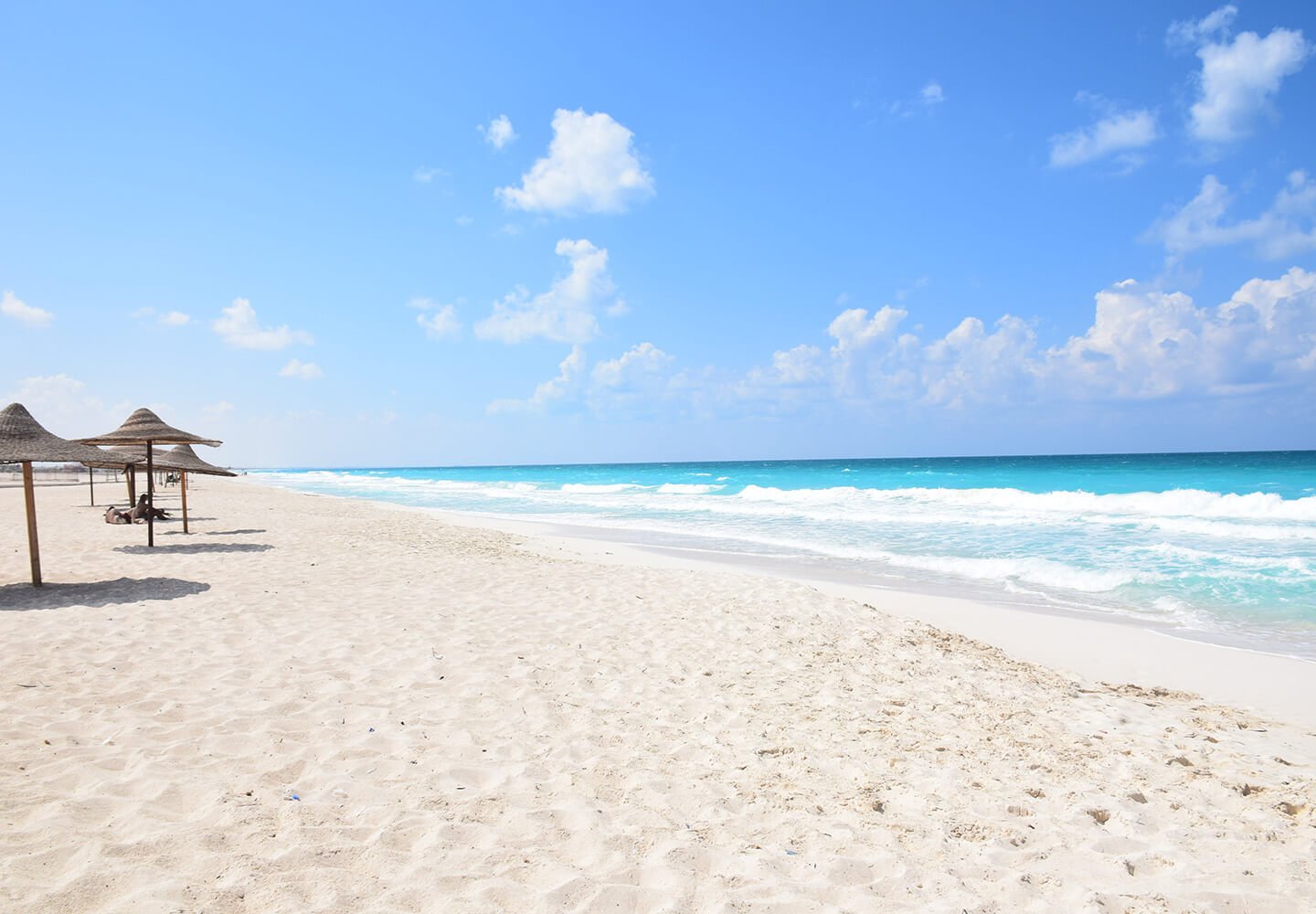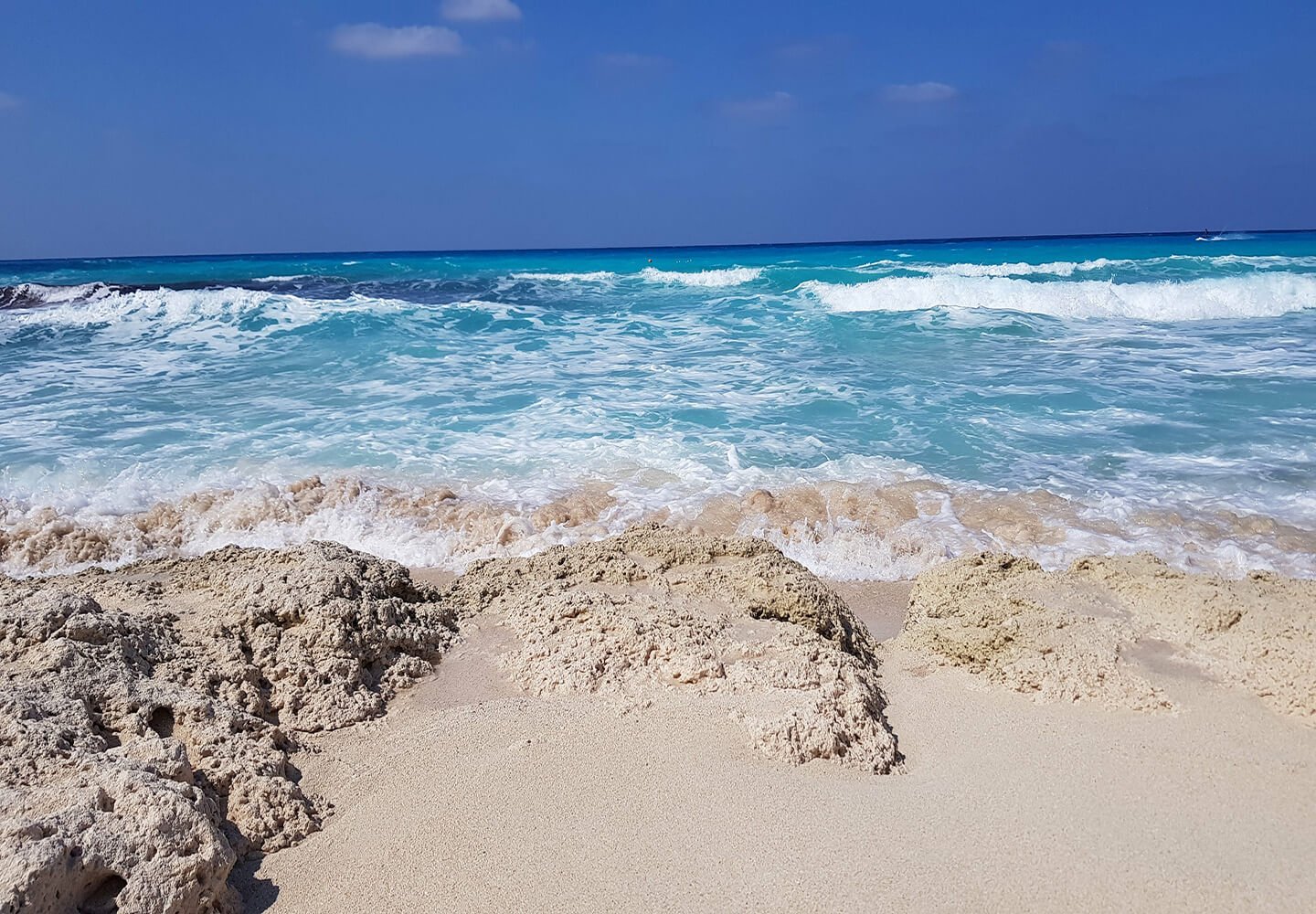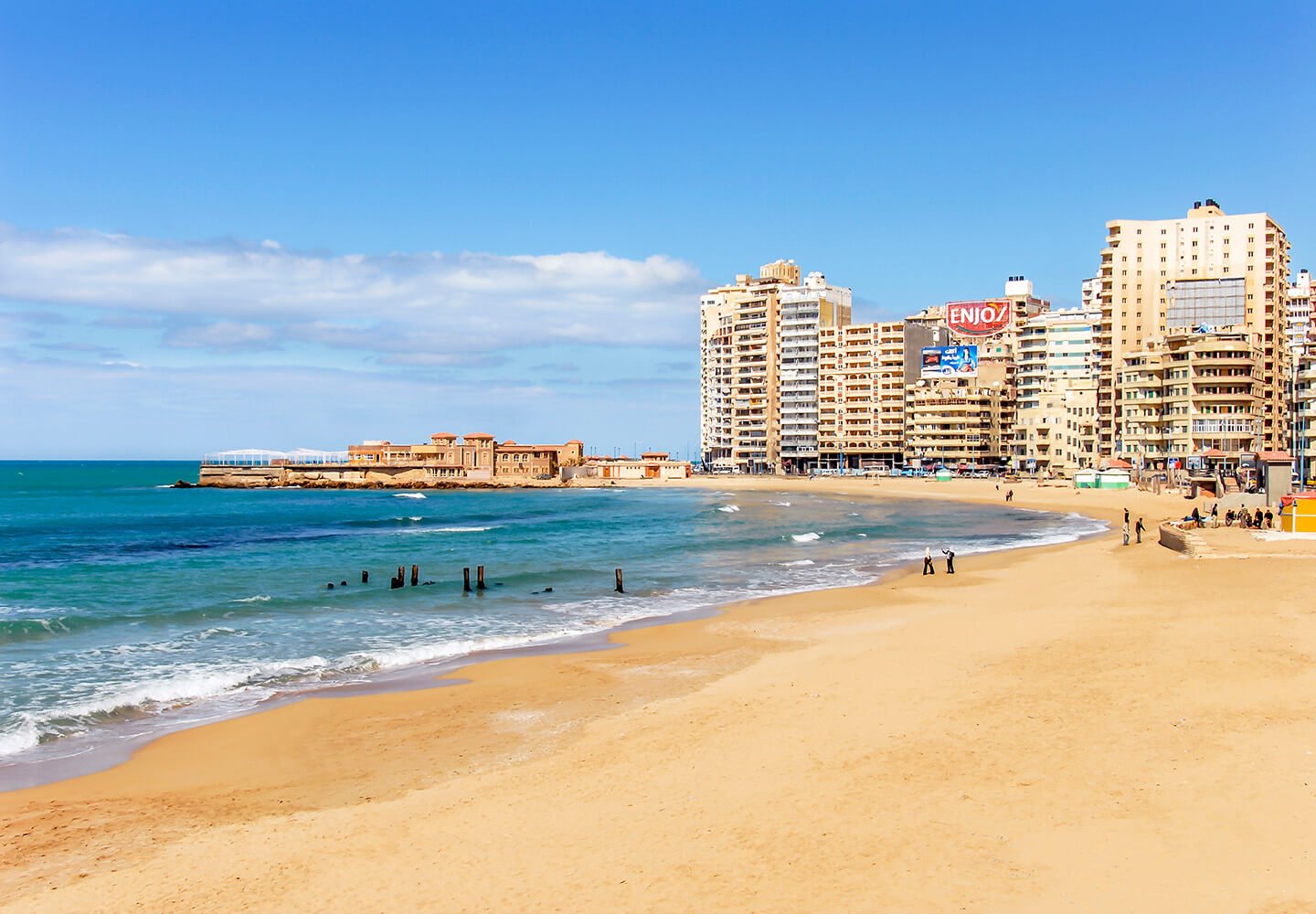
In this mixture of marine and geological sand large angular tan and white fragments of mollusk shell stand out in contrast to rounded clear and opaque quartz and feldspar grains. The black sand grain with irregular white markings is probably a basalt grain. A light tan sea urchin spine fragment with subtle linear markings is near the middle right edge.
Geographic Overview
Alexandria is one of the old cities of ancient Egypt. Founded by Alexander the Great in 331 BC on the Mediterranean coast of Egypt, Alexandria became a center of trade and learning in the ancient world.
Geologically Alexandria’s coastline is made up of soil sediments, oolitic sand and clay, and various types of limestone and dolomite. The city sits on a narrow coastal plain, backed by limestone ridges and covered by layers of clay and Nile silt. The area is also affected by sea level rise and saltwater intrusion, leading to concerns about coastal erosion and subsidence.
Since the year 2000, underwater archeologists have located the sunken palace, ceremonial buildings and port facilities of ancient Alexandria, located along most of the curved southern shoreline of the Eastern Harbor.
Alexandria’s public and private beaches extend for 38 km along the Mediterranean coast of Egypt and are covered with well-sorted sands that locally differ in texture and origin.

Sand Location
See where this sand sample was collected on Google Maps.
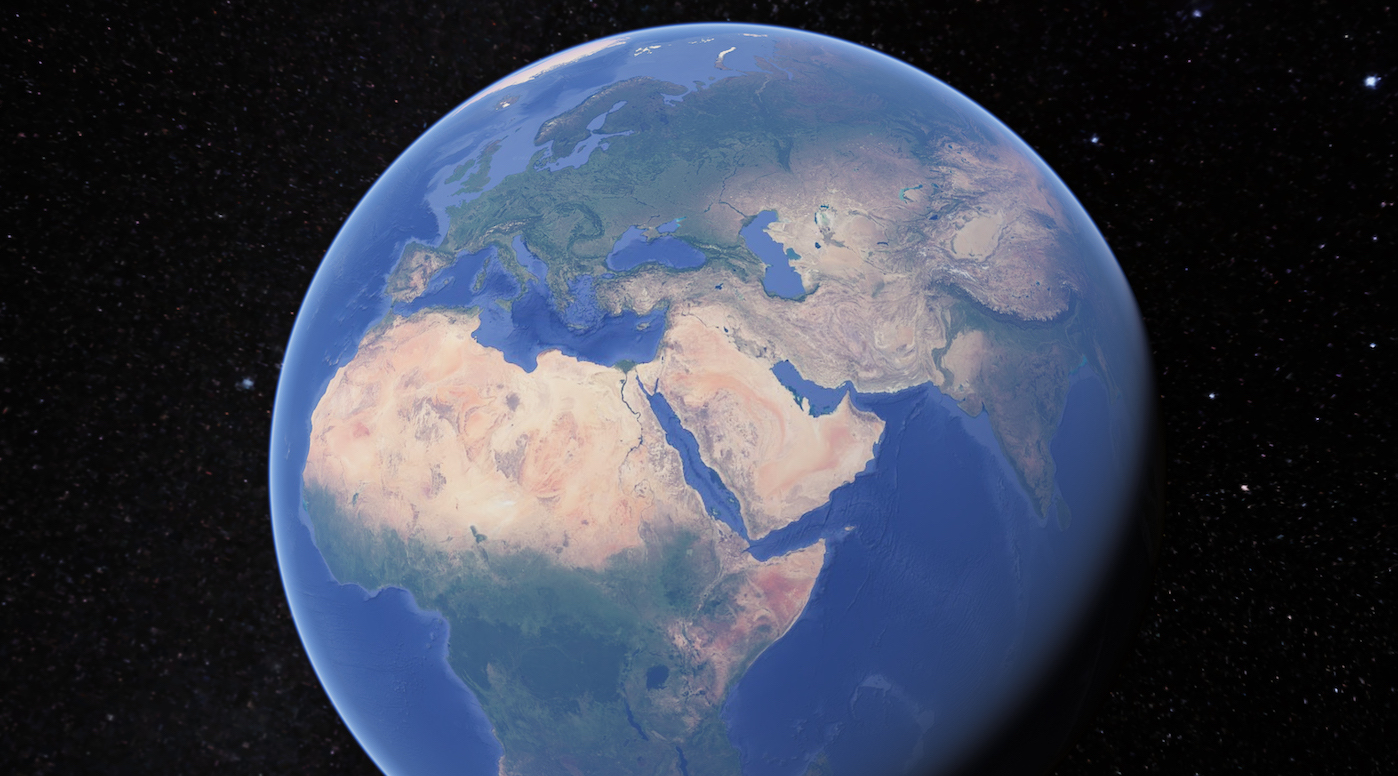
Virtual Sand Tour
Explore an interactive map of Alexandria on Google Earth.
Sand Gallery

A large translucent mollusk shell fragment with barely visible linear stripes is at the top center and a large off-white mollusk shell fragment with parallel linear white markings near the bottom right dominate this view. Two other gastropod fragments, one white and the other with light red stripes, are at the upper right. White sea urchin skeletal fragments with parallel groves are present, one at the center left edge, one rectangular chard at the center, and a third right of center next to a red striped mollusk fragment. Tan rods are coralline algae, brown rods with linear stripes are sea urchin spine fragments, and semitransparent smoothly rounded quartz grains are prominent on the left side of this view.
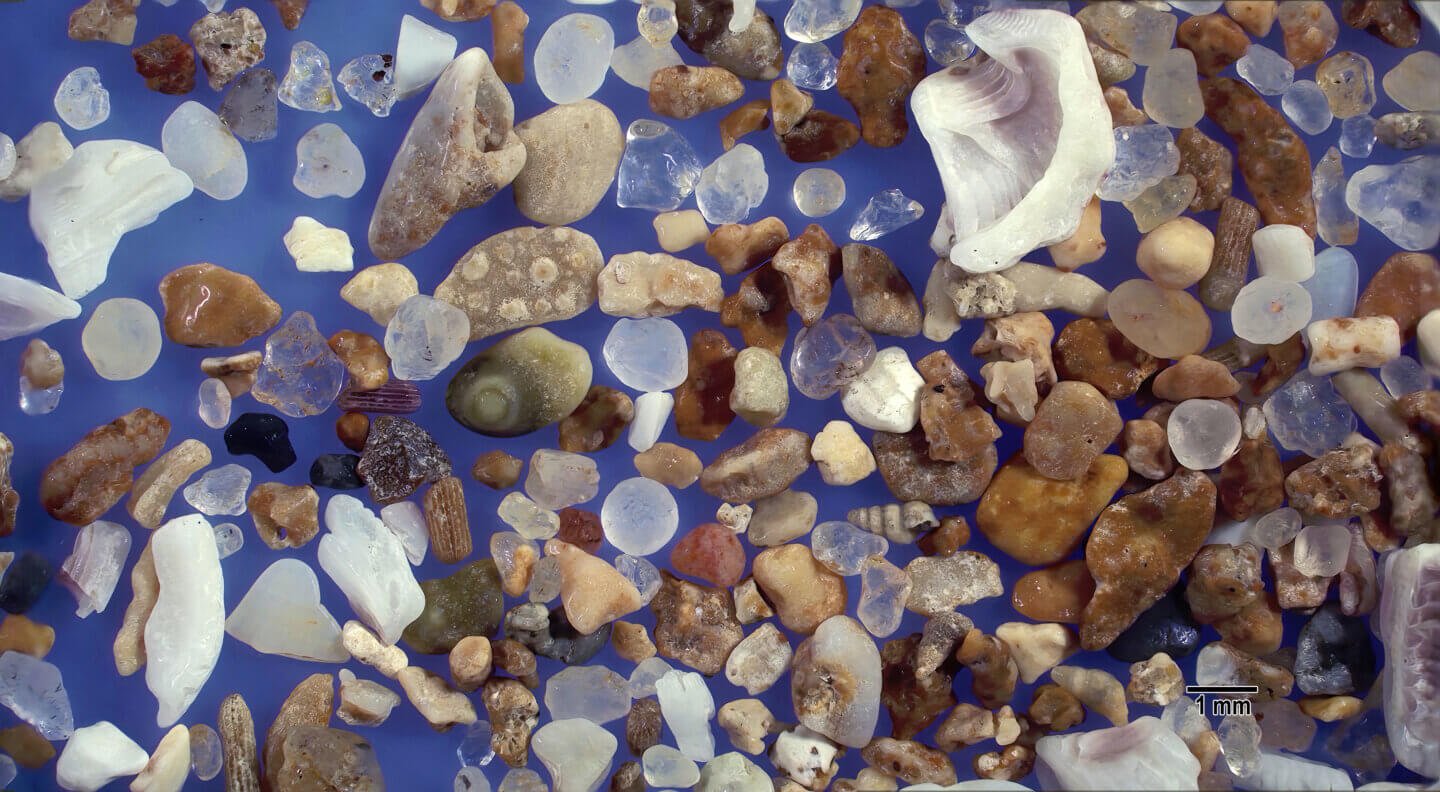
Prominent details of a large, curved mollusk shell are at the upper right with other white mollusk fragments on the upper and lower left edge of this view. A tan bosselated marine fragment is near the upper left just above a greenish-tan sea urchin skeletal plate fragment. Tan and purple sea urchin spine fragments with linear grooves are to the left and below a sea urchin skeletal plate. A spiral gastropod shell is located lower right of center. Round and angular partially clear and opaque quartz fragments along with tan and reddish-brown marine fragments are well represented in this sand.
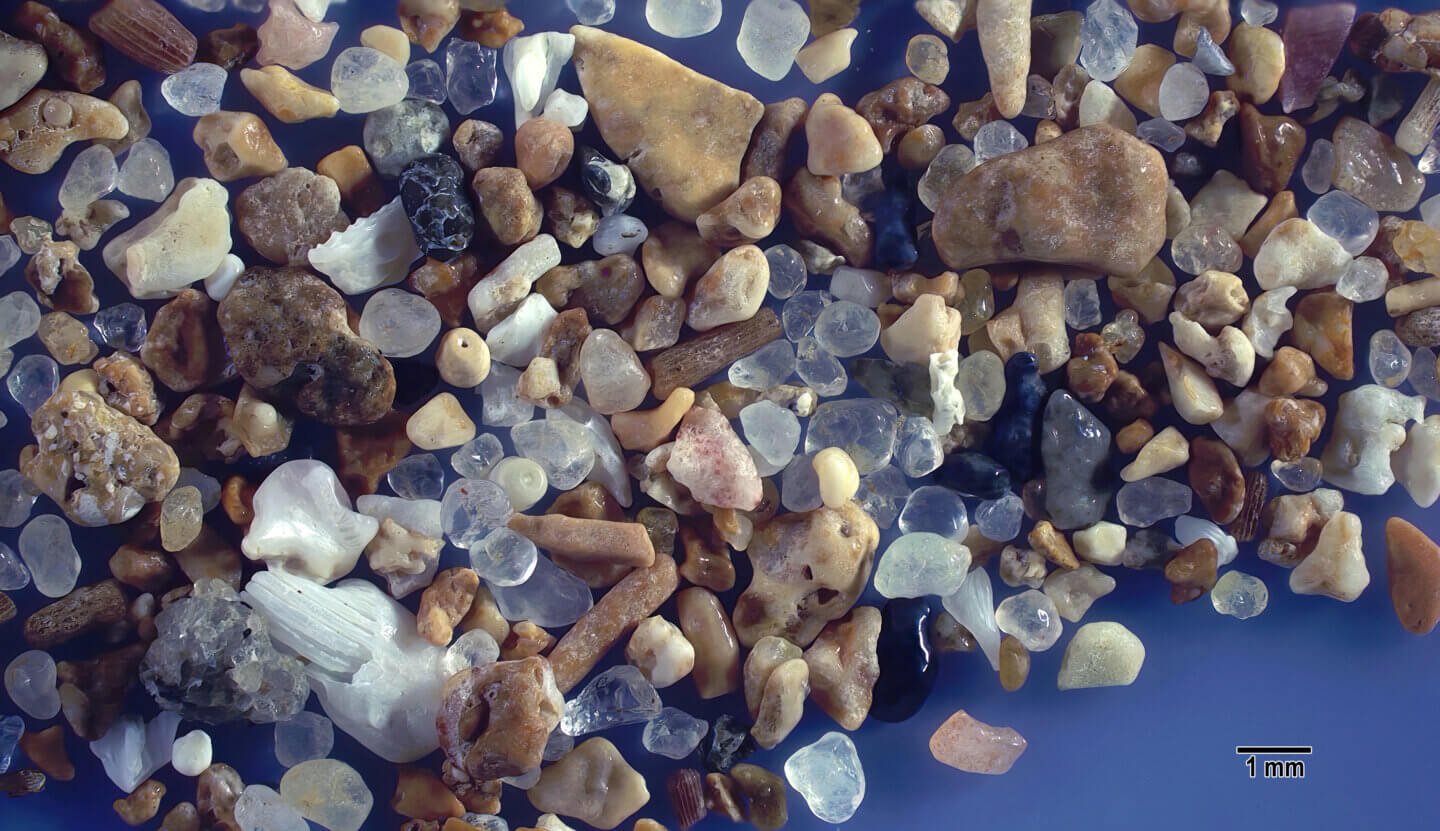
Two large tan shards at upper middle and upper right are unidentified mollusk shell fragments. A white shell fragment with linear grooves is at the lower left and left of two tan coralline algae rods. A few black sand grains, one with irregular white linear markings, may be fragments of basalt. Rounded semitransparent quartz sand grains are abundant in the center and left of center. A tan sea urchin spine fragment with linear grooves is present in the center.
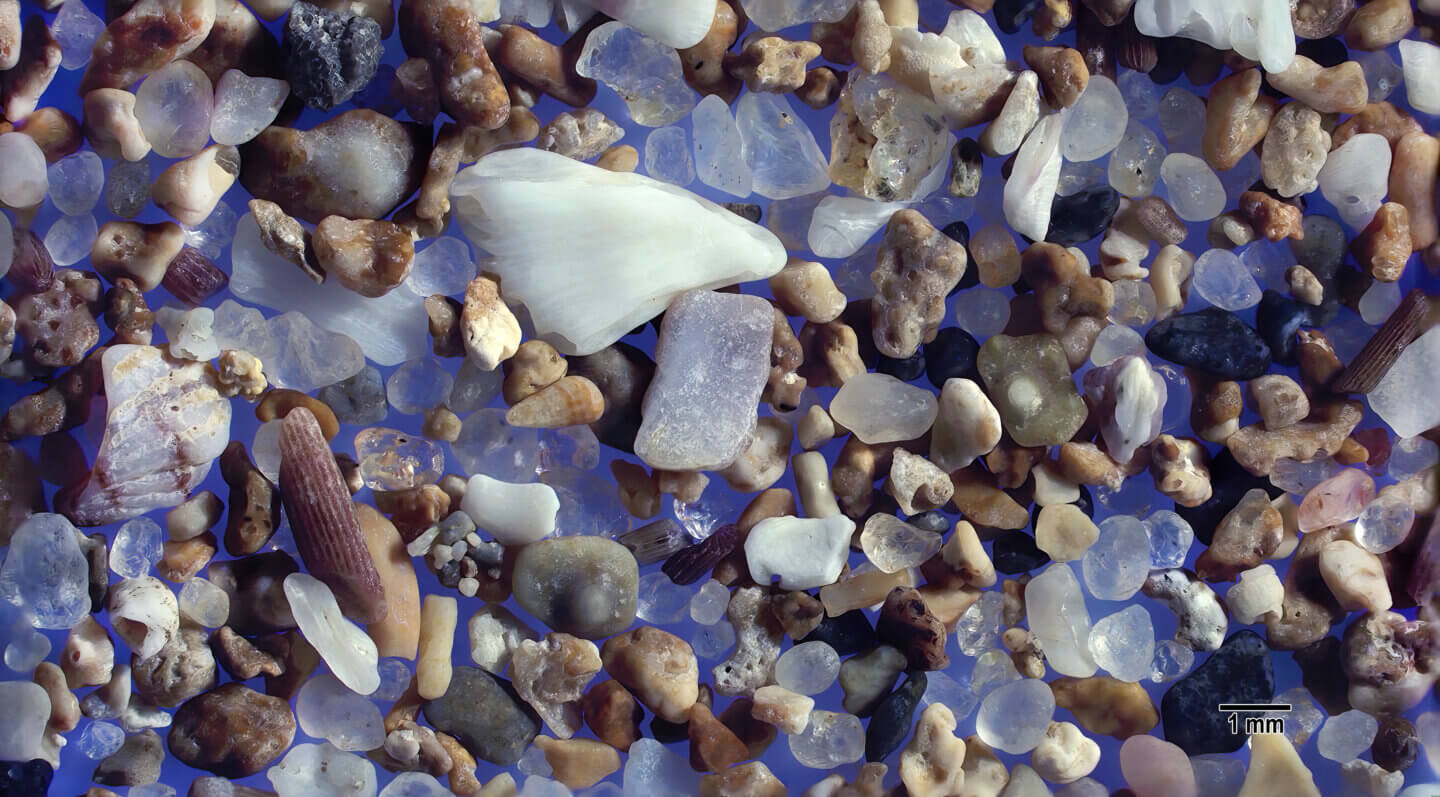
The large white triangular fragment is a piece of barnacle shell plate and lies just above a small tan conical mollusk shell. Further below the triangular barnacle shell plate is one of two greenish tan sea urchin skeletal plates with the other just to the right of center. Translucent quartz fragment with smooth edges and black fragments that are likely basalt are scattered throughout this field of view along with tan and white biogenic fragments.

A round white foram with visible radial striations is in the center and to the immediate right of a flat gray rectangular mollusk shell fragment. A variety of tan, brown, and white marine fragments are at the top of this view. A conical brown mollusk snail fragment is present above the 1 mm scale bar.

Larger white and tan mollusk shards are in this view along with tan and white biogenic bits and pieces too small to identify. An off-white conical mollusk shell at the center and eroded fragments of sea urchin spines stand out in this sample. A few large and small translucent quartz grains represent geological components of this sand.



